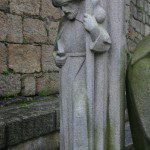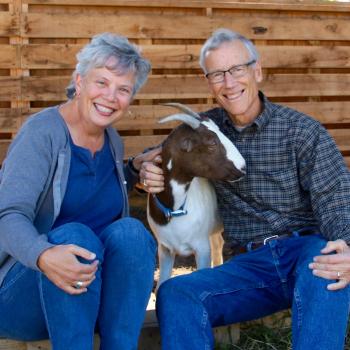 I know I said I wouldn’t be back blogging until after the first of the year, but I couldn’t resist returning for this one post. That’s because the Children’s Museum of Indianapolis has a splendid special exhibit on a topic near and dear to my heart: Sacred Journeys. The exhibit runs until February 21—and if you’re a fan of Holy Rover, I know you will find it fascinating, even if you don’t have a child to take along.
I know I said I wouldn’t be back blogging until after the first of the year, but I couldn’t resist returning for this one post. That’s because the Children’s Museum of Indianapolis has a splendid special exhibit on a topic near and dear to my heart: Sacred Journeys. The exhibit runs until February 21—and if you’re a fan of Holy Rover, I know you will find it fascinating, even if you don’t have a child to take along.
The Children’s Museum of Indianapolis is to children’s museums what the Louvre is to art. Its 29-acre campus includes eleven major galleries focusing on science, global cultures, history, and the arts. With 1.2 million visitors a year and nearly 500,000 square feet, this is the world’s largest children’s museum, one that appeals to adults as well as kids.
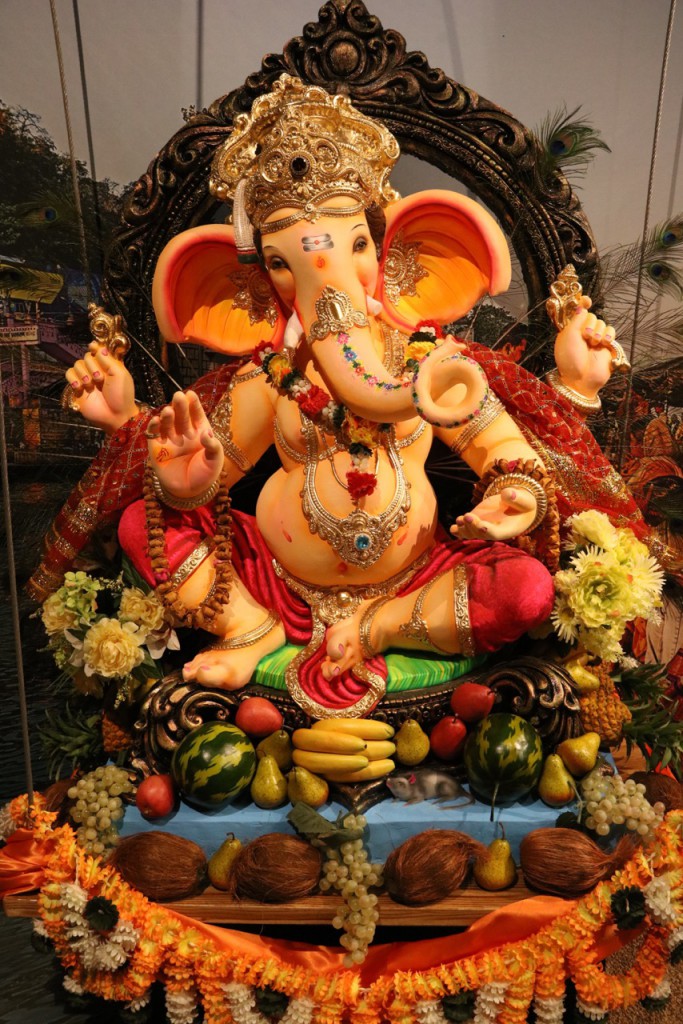
Sacred Journeys is produced in collaboration with the National Geographic Society, which has provided the stunning photos that serve as backdrops for the exhibit. While the images are striking, it’s the religious artifacts that make this a must-see. They’ve been collected from religions and regions around the world: here you can touch a piece of the Western Wall from Jerusalem and marvel at a four-foot-tall, brilliantly colored statue of Ganesh, the Hindu god of good fortune. There’s a sand mandala created by Tibetan Buddhist monks and a piece of cloth from the Kiswah, the drapery that covers the Kaaba in the Islamic holy city of Mecca. In one corner is a leather trunk owned by Mormon leader Brigham Young and in another a page from the second edition of the Gutenberg Bible. There are even several fragments from the Dead Sea Scrolls, with tiny, hard-to-decipher writing that makes me feel sorry for the translators.
Sacred Journeys includes stories of children and families who travel to holy sites ranging from the Bodh Gaya in India, where the Buddha is said to have achieved enlightenment, to the Basilica of Our Lady of Guadalupe in Mexico City. In addition, actor-interpreters interact with visitors and help bring context to the displays. Bob and I went to a presentation on Sacred Sounds, for example, where we chimed a Buddhist bell, heard a Sufi reed flute, played an accordion like those used in Jewish Klezmer music, and twirled Shiva’s drum.
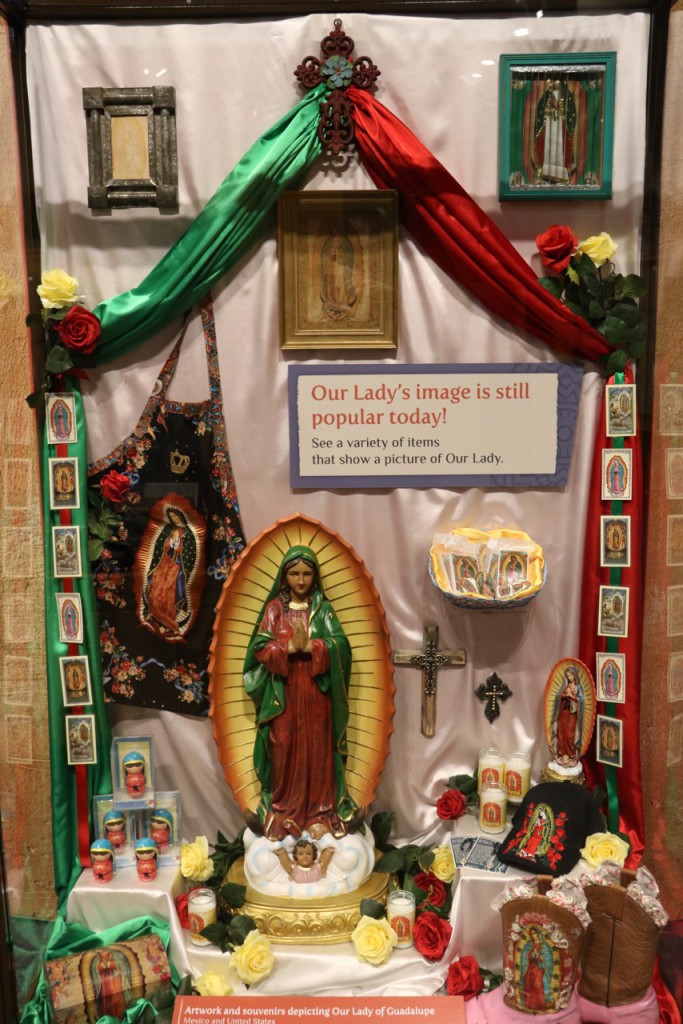
In compiling the exhibit, the museum was supported by a $1.25 million grant from the Lilly Endowment and aided by a national panel of academic scholars and religious leaders who ensured that the artifacts are presented in an appropriate and respectful manner.
“Our goal is to create an immersive space for all members of the family to learn about the many religions of their neighbors as well as people around the world,” says Dr. Jeffrey H. Patchen, president and CEO of the Children’s Museum of Indianapolis. “These experiences provide unique learning opportunities in ways that books or exhibit labels alone could not. Our main goal is to foster cultural awareness and understanding.”

Even though I’ve visited hundreds of holy sites around the world, I learned some new things in Sacred Journeys. I’d never heard of the Church of St. George in Lalibela, Ethiopia, for example, or the Sikh Golden Temple in Amritsar, India. I was fascinated by displays on Aborginal beliefs in Australia and the myths and stories of the Klamath tribe of Oregon (did you know that a sacred crayfish lives at the bottom of Crater Lake?).
The exhibit that most intrigued me was on the Shroud of Turin, the Christian relic that is believed by many to be the burial shroud of Jesus. On display was an exact reproduction of the shroud, which has faint markings of a head and crossed hands. The full image of a crucified man only appears in a photo negative of the shroud. Debate continues on the authenticity of the relic, but I found it fascinating to stand in front of it, pondering its origins. It made me want to go to Turin to see the real thing and learn more about one of the greatest mysteries in Christian history.
In this era of distrust between many followers of the world’s religions, it’s heartening to see how the Children’s Museum of Indianapolis has created a place that fosters understanding and tolerance. You’ve got till February 21 to see it—and I think you’ll find it fascinating, whether you’re 8 or 80.
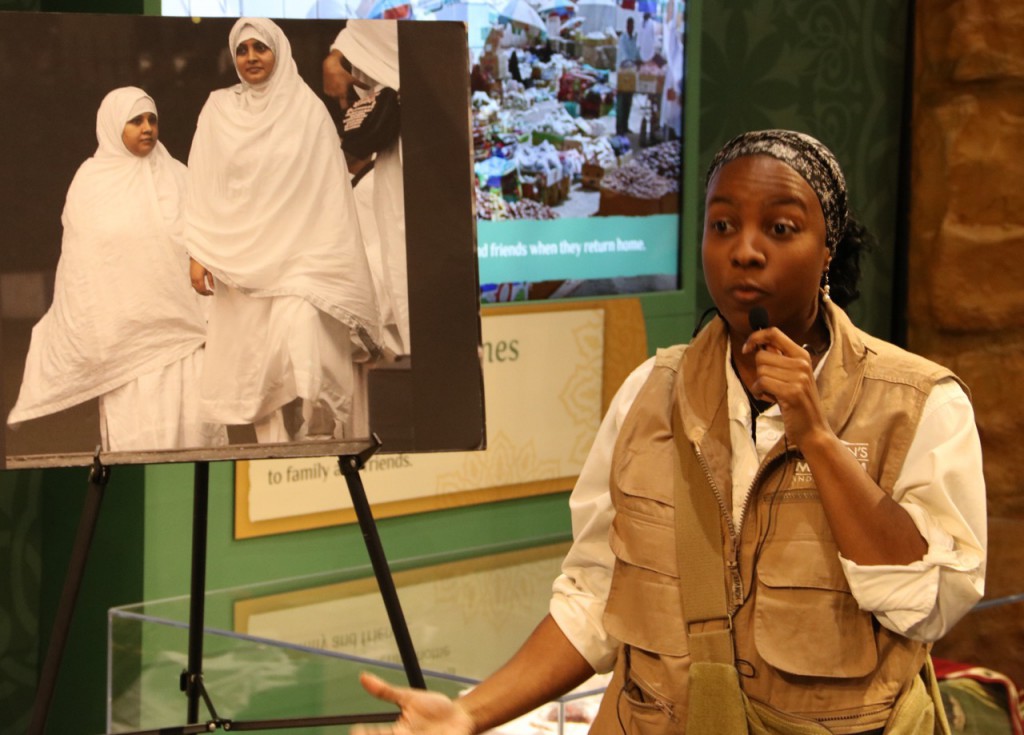
And as long as I have you here, let me tell you about some exciting changes that will be happening at the Holy Rover after the New Year. I’ve received an invitation to move this blog to Patheos, which is the world’s largest website on spirituality and religion. With 12 million visitors a month, Patheos strives to foster a respectful, global dialogue about religious diversity—exactly the sort of philosophy that the Holy Rover follows. Patheos will provide me with a wider audience for my work, significant promotional help, and financial support depending upon how many viewers my blog attracts.
In January I’ll send you a note with instructions on how you can sign up for the new incarnation of the Holy Rover. I’ll be re-using some of the material I’ve written for my blog in the past, but there’ll be a lot of new information as well. And I hope my faithful followers from this site will help jump-start conversations on the new Holy Rover, encouraging more people to become engaged in this topic of sacred journeys.
Until then, blessings to all of you. Merry Christmas, Happy Hanukkah, and Happy Holidays! See you in January!


